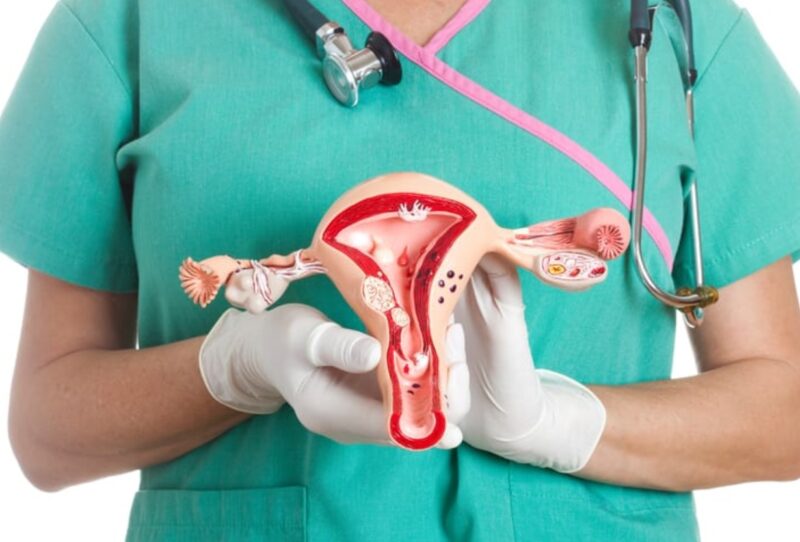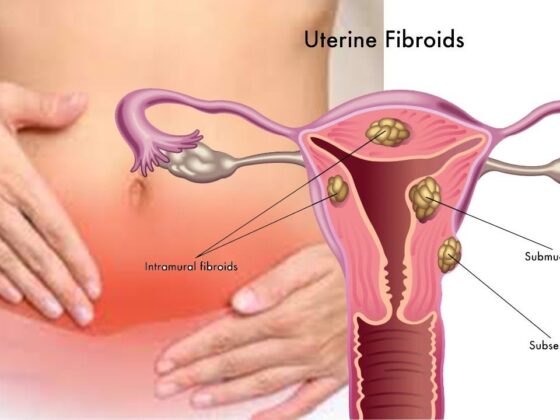Uterine fibroids are benign (non-cancerous) growths that develop in the uterus walls. They often range from orange size to large tumors that make the patient appear several months pregnant.
Although they do not always cause symptoms, their location and size can result in some complications, including heavy and painful bleeding. One effective treatment offered in such cases by the Houston interventional radiology clinic is uterine fibroid embolization (UFE). Here is everything you should know about it.
What Is Uterine Fibroid Embolization?

UFE is an innovative minimally-invasive procedure used to treat uterine fibroids. During the procedure, a physician uses an x-ray camera called a fluoroscope to deliver small particles to the fibroids in the walls of the uterus. The particles are delivered and injected into the fibroids through a catheter. They prevent blood flow by blocking the arteries and causing the fibroids to shrink.
UFE provides relief to about 90 percent of women with uterine fibroids. However, since its effect on fertility is not fully known, the procedure is often only recommended for women who do not wish to have children. It is also an excellent alternative to a hysterectomy, the surgical removal of the uterus.
How Is It Performed?

As mentioned, UFE is a minimally-invasive procedure and does not require surgery. The physician only nicks about a pencil tip length to your skin around the treatment site. You will be conscious but sedated, which means you will be awake but not feel any pain. In most cases, fibroid embolization is carried out by a specially trained physician called an interventional radiologist.
Once the interventional radiologist nicks your skin, usually in the groin area, they will insert a catheter into one of your arteries. They will then guide it through to the uterus through a fluoroscope.
When the catheter is in place, they will inject tiny gelatin sponge or plastic particles into the artery that supplies the fibroid with blood. The grain-size particles will block blood flow to the tumor, causing it to shrink.
What Happens After the Procedure?

Current research shows that UFE has an 85 percent success rate in alleviating fibroid-caused pain and bleeding. Many patients report a significant improvement in their symptoms within days of the procedure and, since it does not involve surgery, a quick return to their regular activities.
Studies on the effect of UFE on the patient’s fertility are still ongoing, but preliminary evidence suggests that it generally does not affect reproductive function. At the moment, however, it is usually recommended for women who do not wish to become pregnant in the future.
The average recovery time for UFE is about one week. You may experience light discharge and spotting for several weeks after the procedure, but it should go away on its own.
Benefits of Uterine Fibroid Embolization

UFE is a highly effective treatment option for uterine fibroids. It offers the following benefits:
• It does not involve the complete removal of the uterus
• It is minimally invasive and non-surgical
• There is reduced blood loss and pain, which creates a lower complication rate
• Minimal recovery time
Get Uterine Fibroids Treatment Today
Understanding uterine fibroid embolization is important if you ever have to choose it as a treatment for uterine fibroids. Consider discussing the procedure further with an experienced physician and fibroid specialist from Alate Health today. To get in touch, call the office or use the online scheduler to set up an appointment.


